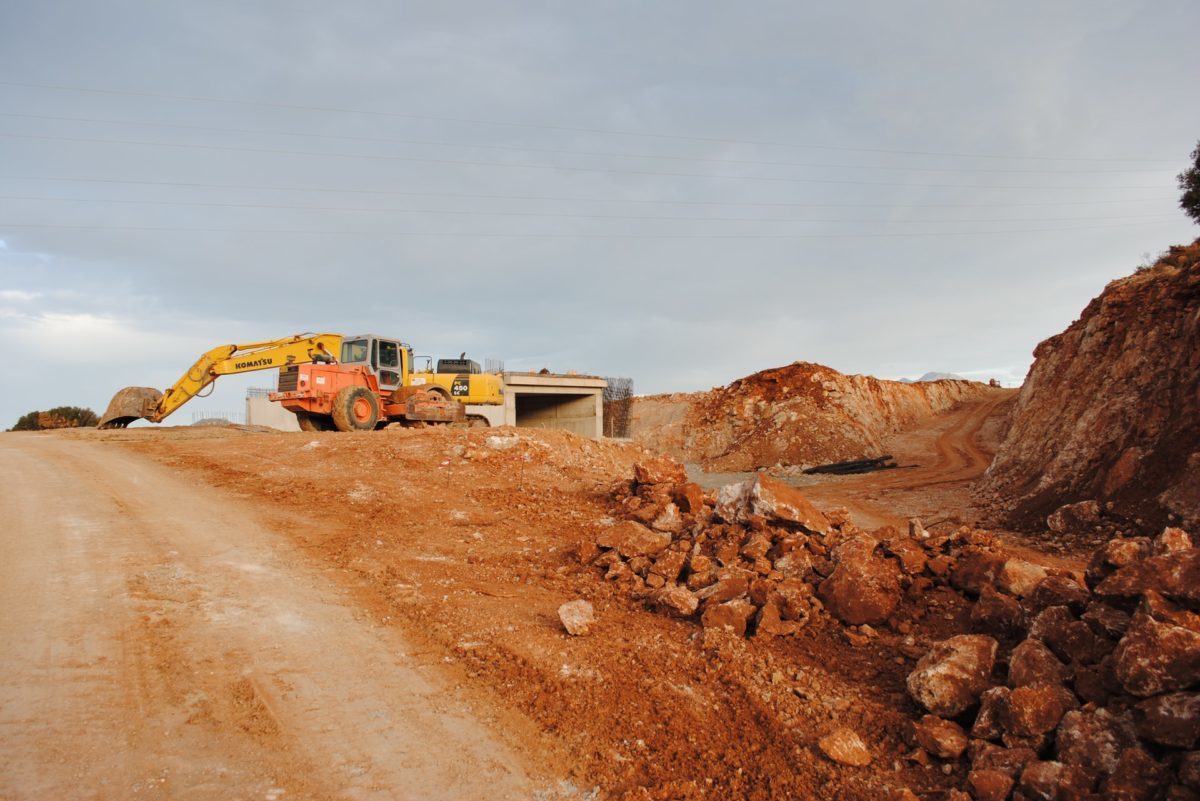Course Duration:
40 Minutes
Excavation Certification: Ensuring Trench Safety
Obtaining excavation certification is a crucial step in ensuring the safety of workers involved in trenching and excavation activities. Our comprehensive course is designed to provide you with the knowledge and skills needed to become a competent person in excavation, capable of identifying and mitigating hazards effectively.
Understanding the Importance of Excavation Competent Person Training
Trench accidents can have devastating consequences, but they are preventable with the right training. Our excavation certification program emphasizes the significance of being a competent person in excavation activities. You’ll learn to recognize potential hazards, implement safety measures, and take prompt corrective actions to eliminate dangers in the workplace.
Comprehensive Trench Safety Training
Our course covers all aspects of trench safety to ensure you are well-prepared to create a secure work environment. From understanding OSHA excavation standards to proper selection and installation of trench protection measures, you’ll gain the knowledge needed to prevent accidents and protect lives.
Becoming a Competent Person in Excavation
As a competent person in excavation, you play a vital role in workplace safety. You will have the authority to identify and address hazardous conditions promptly, minimizing risks for all workers. Our course equips you with the skills needed to confidently fulfill this important responsibility.
Enroll Today and Pass Excavation Certification Online
Don’t wait until accidents happen to take action. Enroll in our excavation certification program and become a proactive advocate for trench safety. By gaining the necessary knowledge and skills, you’ll contribute to a safer work environment and help prevent excavation-related accidents and injuries. Take the first step towards becoming a qualified and competent person in excavation today!
At the end of this course, you will have 2 attempts to achieve an 80% or above on the final exam to receive your Certificate of Achievement! Enjoy the course, and please fill out the survey at the end!



